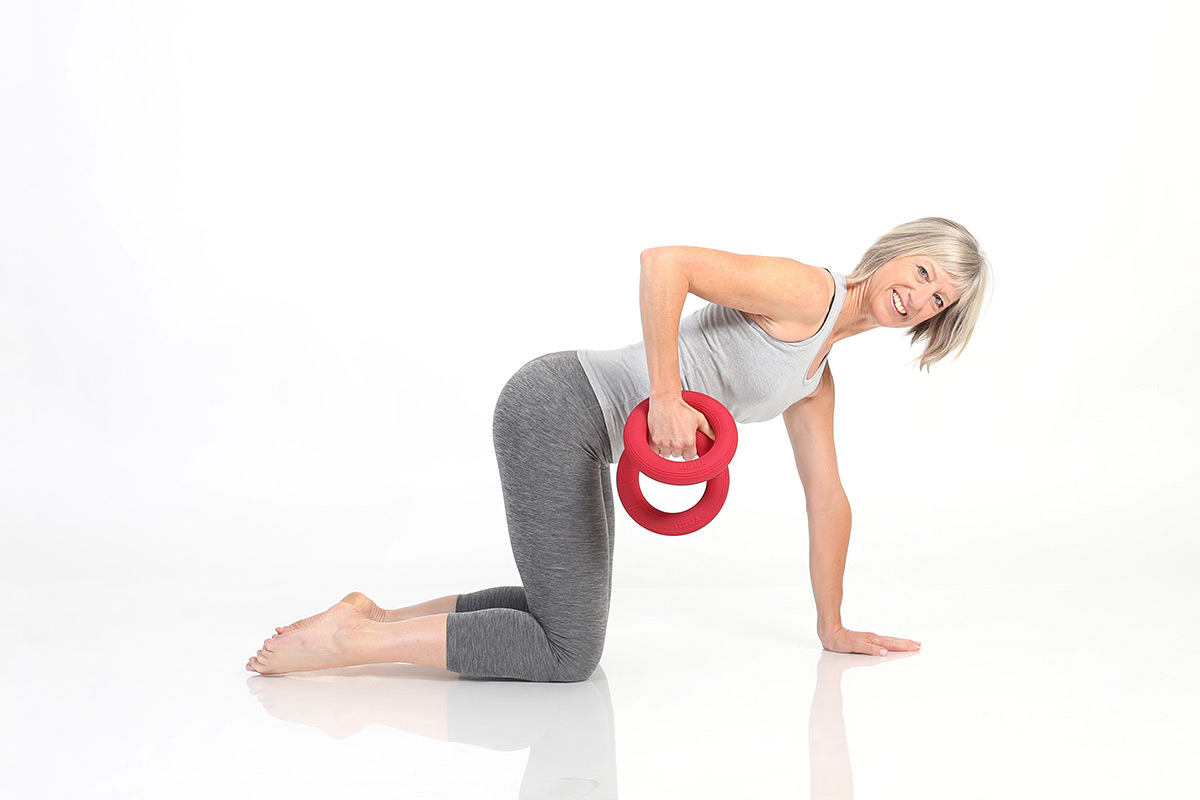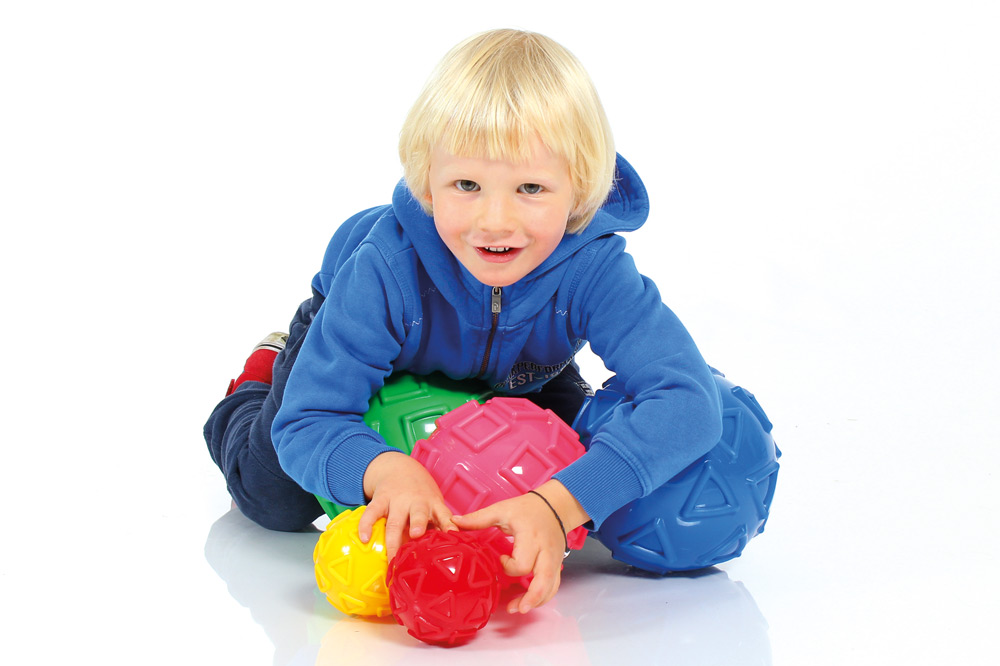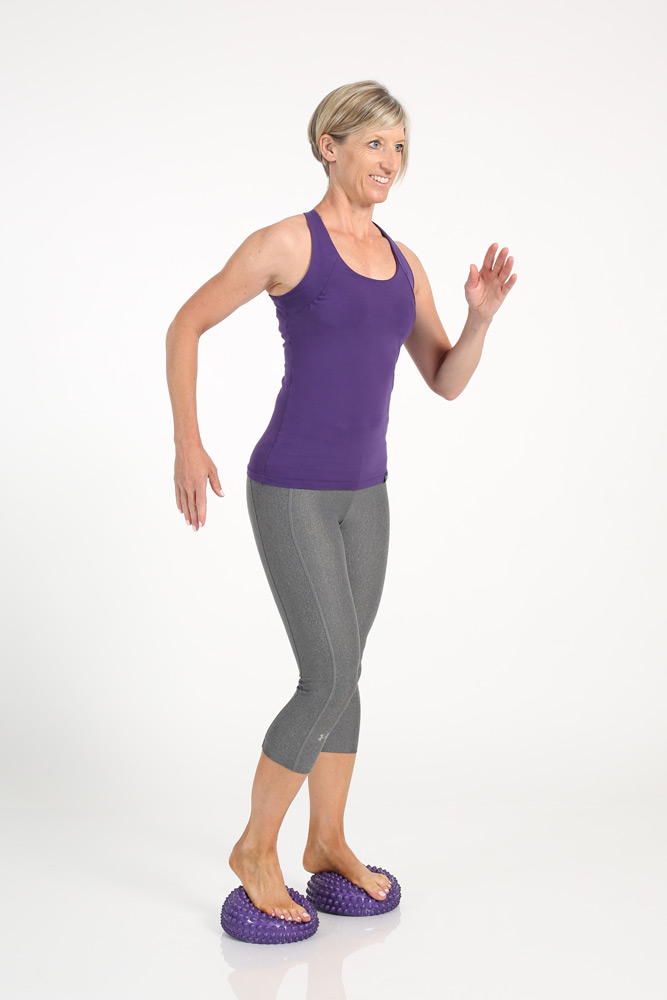Why animal physiotherapy?
Are you interested in medicine? Do you like dogs? Would you like to help dogs with physical problems? Do you enjoy working or training with dogs? Do you like working with your hands?
Then the profession of animal physiotherapist might be just right for you.
Just like in human medicine, the therapist in animal physiotherapy views the dog as a whole.

Based on an anamnesis, a gait analysis, palpation and a functional examination with various specific additional tests, the animal is examined and the issue for which it comes is assessed.
The goal – and this is what makes the profession so varied – is to determine the cause of this problem.
Only if I know why the animal is limping can I successfully counteract this lameness — whether through treatment, training, or educating the dog owners on what they may or should do at home, and what they should avoid.
Otherwise, only the symptoms would be treated, and there would be no long-term success.
One of the most important tasks of a physiotherapy education is to teach students clinical reasoning.
This includes teaching the thought, action, and decision-making processes of therapeutic practice. The goal is to determine the best possible approach for the animal in diagnosing (identifying) and treating (therapy) a condition. Ideally, learners are actively involved in the lessons to best support them on their way to becoming critically thinking and reflective physiotherapists.
For a successful treatment in physiotherapy – whether in humans or animals – it is essential that the physiotherapist understands the connections between the different body systems and their interactions, and can influence them through appropriate techniques.

With natural therapy methods (hands-on techniques) and active exercises at home, disturbed functions of the musculoskeletal system are treated — and preferably improved — while increasing the animal’s load-bearing capacity.
Through targeted physiotherapeutic measures (active and passive), healing processes can be shortened and the vicious cycle of compensatory posture, overloading, pain and more compensatory posture can be broken.
Active training is also essential in animal physiotherapy and is extremely important.
Through special exercises, the animals learn to control and coordinate their muscles better. This optimizes their movement sequence and reduces susceptibility to injury.
Human physiotherapy sets the example: active training is a must if the patient wants to positively influence complaints in the long term.
In the field of animal physiotherapy, we are moving more and more in the same direction. Equipment training with dogs is no longer unusual — on the contrary. Through active exercises, which dog owners are also taught (home training), we greatly support passive physiotherapy.
For example, we can work with
• Balance pads of various sizes (Dynair), e.g., arranged as a “ball street,” to promote overall body stability as well as inter- and intramuscular coordination. The dog balances — according to its ability — over large/small balls.
• the Jumper – Balance Ball to improve the stability of the fore/hind limbs and the spine, or to use it as a base for various exercises. For example, for strength training of the forelimb: the dog stands with the hind limbs on the device and picks up treats from the floor — essentially performing a push-up. Placed on a platform, this device is also suitable for training the hind limb musculature. The platform must be high enough so the balance ball is at withers height, ensuring the dog shifts weight to the hind limbs.
• the Balanza Ballstep to train co-contraction. The dog must stabilize and balance itself on the horizontally moving board.
• the Senso Balance Hedgehog to promote the dog’s body awareness (sensory perception)
• Long nubby ball (Animal) to positively influence the body awareness of paralyzed dogs by “rolling out” the paralyzed limbs.
The range of exercise possibilities is endless, as all devices can be combined very well. That’s why they are also commonly used in fitness groups in many physiotherapy practices.
The goal of modern animal physiotherapy is to enable our animals to move without pain — ideally into old age. Only then can a dog live a species-appropriate, active and satisfied life.
Sabine Hár̈rer
state-certified
human physiotherapist
internationally certified MT (ifomt) animal physiotherapist recognized by the
German Association for Physiotherapy – ZVK
MLD – MTT – canine osteopath
Instructor canine manual therapy (cmt)
Instructor canine neurodynamics (cnd)
www.dogsphysio.de












